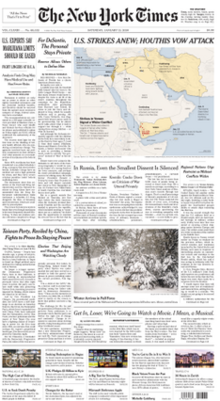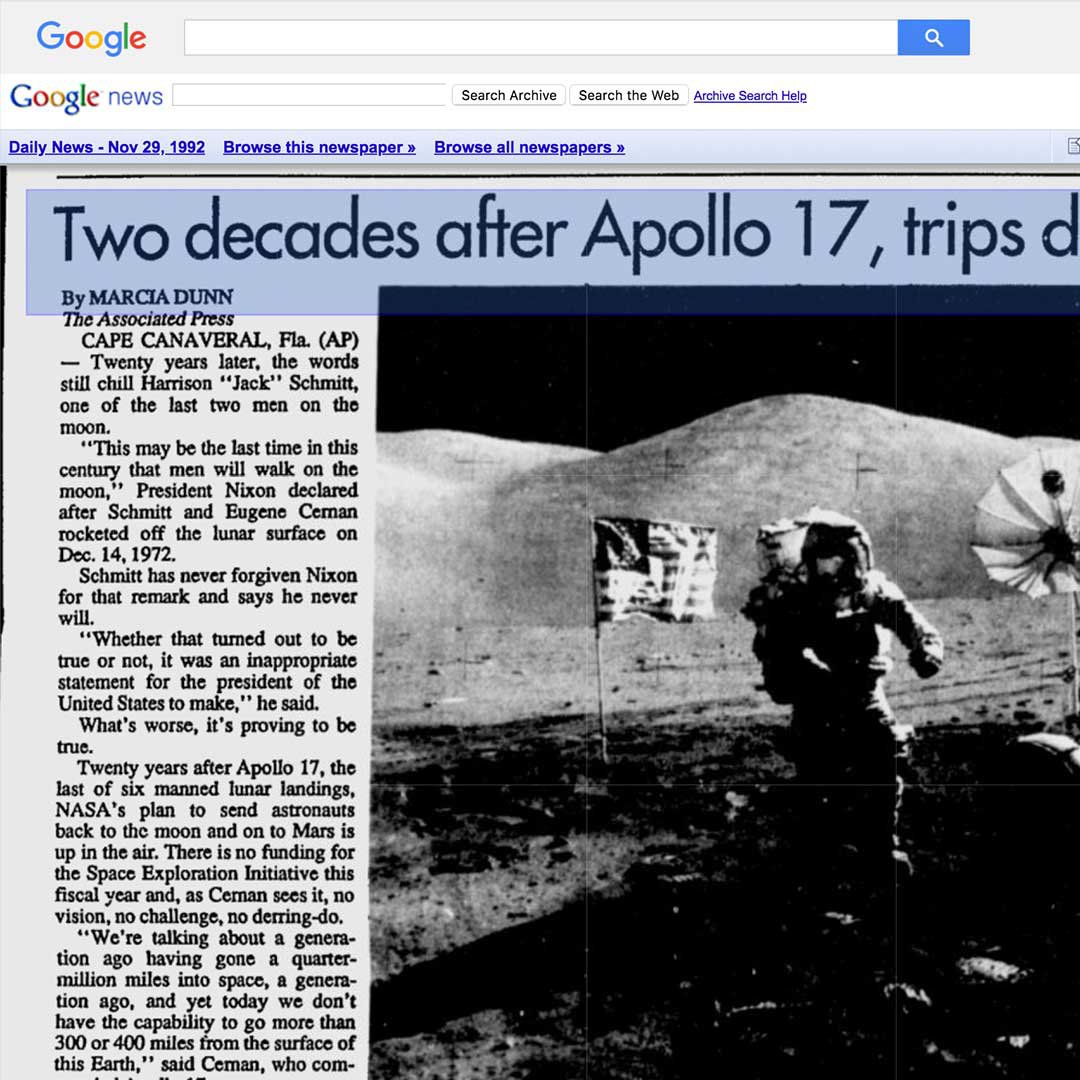7 Simple Techniques For News Articles
Table of ContentsThe Single Strategy To Use For News ArticlesExcitement About News ArticlesWhat Does News Articles Mean?The 7-Second Trick For News Articles7 Simple Techniques For News Articles
Great knowledge of various topics gives students a competitive side over their peers. Although electronic and social media sites are easily available, we should not forget just how important it is to read the newspapers. Moms and dads need to attempt and instill the routine of reading a paper as an everyday routine to continue the tradition of the revered print medium.News tales likewise include at the very least one of the complying with essential qualities loved one to the desired target market: proximity, prominence, timeliness, human passion, quirk, or effect.
Within these limits, news tales likewise intend to be comprehensive. However, other aspects are entailed, some stylistic and some stemmed from the media form. Among the bigger and a lot more respected newspapers, fairness and equilibrium is a major consider providing information. Commentary is typically confined to a different section, though each paper might have a different general slant.
Papers with a worldwide audience, for example, have a tendency to make use of a much more official style of writing. The specific selections made by a news electrical outlet's editor or content board are usually accumulated in a design guide; typical style guides consist of the and the US News Design Book. The major objectives of information writing can be summarized by the ABCs of journalism: precision, brevity, and quality.
The Single Strategy To Use For News Articles
As a guideline, reporters will not use a lengthy word when a short one will certainly do. News writers attempt to stay clear of utilizing the very same word a lot more than as soon as in a paragraph (often called an "echo" or "word mirror").
Nevertheless, headings in some cases leave out the topic (e.g., "Jumps From Boat, Catches in Wheel") or verb (e.g., "Pet cat woman fortunate"). A subhead (likewise subhed, sub-headline, subheading, caption, deck or dek) can be either a secondary title under the primary headline, or the heading of a subsection of the article. It is a heading that comes before the major message, or a group of paragraphs of the main message.

Extra signboards of any of these types may appear later on in the write-up (particularly on succeeding pages) to attract more analysis. Such signboards are additionally made use of as tips to the article in various other areas of the publication or website, or as advertisements for the piece in other publication or websites. Typical structure with title, lead paragraph (recap in vibrant), various other paragraphs (information) and contact details.

Example of a hard-lead paragraph NASA is proposing another area project. The budget plan requests approximately $10 billion for the project.
An "off-lead" is the second most important front web page information of the day. To "hide the lead" is to start the article with history info or details of second relevance to the readers, forcing them to review even more deeply into an article than they must have to in order to discover the necessary factors.
What Does News Articles Mean?
Usual use is that or more sentences each develop their very own paragraph. Reporters normally explain the company or structure of a newspaper article as an inverted pyramid. The necessary and most interesting aspects of a story are placed at the beginning, with supporting info complying with in order of decreasing significance.
It permits individuals to discover a subject to just the our website depth that their curiosity takes them, and without the charge of details or nuances that they could take into consideration irrelevant, yet still making that details available to much more interested readers. The upside down pyramid structure likewise enables write-ups to be cut to any arbitrary length during design, to fit in the room offered.
Some writers begin their stories with the "1-2-3 lead", yet there are several kinds of lead readily available. This format inevitably starts with a "Five Ws" opening up paragraph (as explained over), complied with check out here by an indirect their website quote that serves to sustain a significant element of the first paragraph, and then a direct quote to sustain the indirect quote. [] A twist can describe multiple points: The last story current program; a "happy" story to finish the show.
Longer posts, such as magazine cover short articles and the items that lead the inside sections of a paper, are known as. Function stories differ from straight information in several methods.
The Definitive Guide for News Articles
The journalist often details interactions with interview subjects, making the item more individual. An attribute's first paragraphs usually connect an appealing minute or occasion, as in an "anecdotal lead". From the details of a person or episode, its view rapidly expands to abstract principles concerning the tale's subject. The section that signals what a feature has to do with is called the or billboard.

The Editor's Toolbox: A Referral Guide for Beginners and Professionals (2001) Allan M. Siegal and William G. Connolly. The New York Times Handbook of Design and Use: The Official Design Guide Made Use Of by the Writers and Editors of the Globe's Most Reliable Newspaper (2002) M. L. Stein, Susan Paterno, and R.